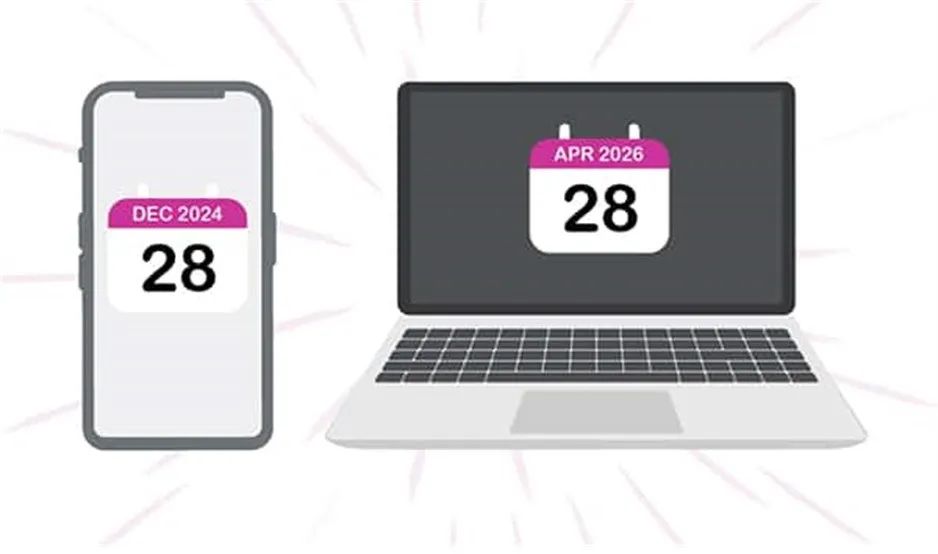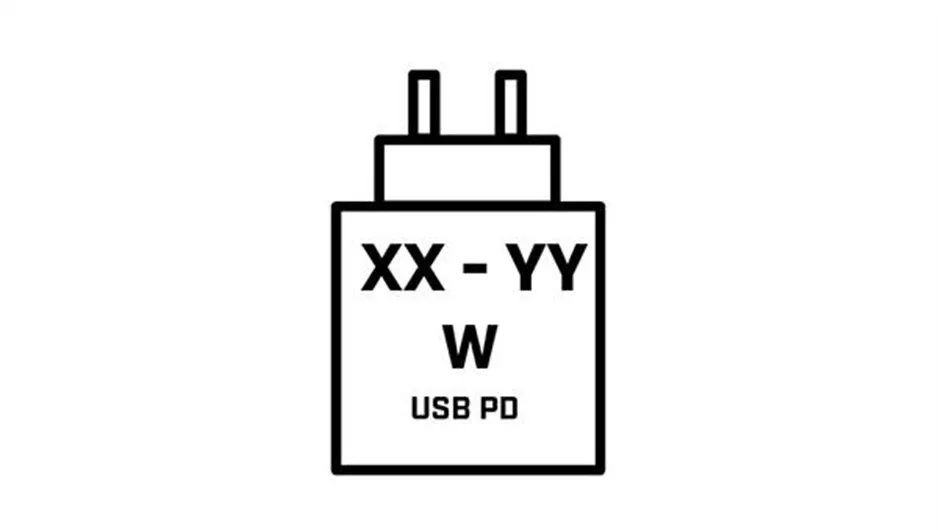Note that without this interface, your device may not be able to be sold to the European Union
Time:2024-01-08
Views:389
The emergence of USB Type-C marks a turning point in connectivity technology. This compact front and back plug-in interface has changed the way we exchange data and power devices, providing faster data transfer rates and multifunctional power supply.

However, when USB Type-C was first introduced in 2014, it was only added to a variety of connector types, including DC power connectors and even other USB variants. So, what can be done?
The European Union (EU) is about to introduce legislation mandating the use of universal chargers based on USB Type-C technology, taking the lead in taking action to alleviate the increasingly serious electronic waste crisis. This article will further explore the efforts of the European Union in promoting USB Type-C standardization, understand its significance, key milestones, and potential consequences. For original equipment manufacturers who sell products to end-users in Europe and want to ensure that their products do not become outdated, it is crucial to switch to USB Type-C design, especially if USB Type-C standardization ultimately extends to other regions and applications.
Where will USB Type-C standardization be implemented?
As mentioned earlier, the EU will become the first region in the world to implement USB Type-C standardization. Regulatory agencies such as the European Commission for Standardization (CEN) and the European Electrotechnical Standardization Commission (CENELEC) have been working closely with major organizations and experts to develop comprehensive guidelines to ensure the safety and seamless compatibility of USB Type-C connectors, cables, and power transmission protocols.
It is obvious that USB Type-C has become the most feasible choice for universal charging sockets, as the physical USB connector standard has been internationally recognized by CENELEC‘s European standard EN IEC 62680-1-3, and USB Power Delivery has been outlined in EN IEC 62680-1-2. Other current regulations such as the Radio Equipment Directive (RED) and the Waste Electronic and Electrical Equipment Directive (WEEE) also contribute to the standardization of USB Type-C.
Given the enormous size of the mobile device market, the European Parliament and Council have ultimately decided that mandatory legislative action at the EU level (rather than national or voluntary measures) is the only way to ensure device compatibility, improve consumer convenience, and reduce environmental waste.
When will standardization be implemented?
The process of standardizing USB Type-C is not far away. Starting from December 28, 2024, all mobile devices sold in the European Union are required to be equipped with a USB Type-C charging port and must comply with USB Power Delivery (PD) specifications. Starting from April 28, 2026, the mandatory requirements for USB Type-C and PD will be extended to laptops.

Figure 1: USB Type-C standardization will first be applied to mobile devices in 2024, and then to laptops in 2026 (Image source: CUI Devices)
Which devices will be regulated?
Any rechargeable electronic device that uses wired cables to power up to 100 W must be equipped with a USB Type-C jack. By the end of 2024, the categories of equipment affected by the committee‘s proposal include:
Handheld mobile phone
Tablets
digital camera
headset
Headphones
Handheld game console
Portable speaker
eBook Reader
keyboard
mouse
Portable navigation system
In ear headphones
Laptops (Starting from Spring 2026)
It is worth noting that if some devices are too small to accommodate USB Type-C ports, they can be exempted. This may include smartwatches, health trackers, personal care devices, and other wearable devices.
In addition, by the end of 2025 and every five years thereafter, the committee will regularly evaluate and report on whether the General Charger Directive should cover more devices due to rapid technological advancements or market changes. Although initially targeted at devices with a power output of no more than 100 W, the EU also recognizes that USB standards will continue to evolve. The original instructions have been revised to recognize the latest USB PD standard of USB-IF, and now the maximum power has been extended to 240 W. Devices within the new 240 W power range will also be considered for inclusion in the instruction range.


Other important precautions
Although USB Type-C standardization is the main goal of the new EU directive, there are still some secondary rules and objectives worth mentioning.
Unbound
One of the main objectives of this directive is to reduce electronic waste by providing universal chargers for all devices. "Unbound" aims to provide consumers with the option of purchasing new devices with or without a charger. Initially, there was no requirement for non bundling, but by the end of 2026, the committee must submit a report evaluating the effectiveness of non bundling and determining whether it should be made a mandatory requirement for manufacturers. In addition, all product packaging must be labeled with new labels clearly indicating whether a charging device is included (Figure 2).

Figure 2: Suggested packaging label to display whether the device comes with a charger (Image source: CUI Devices)
Wireless charging
By the end of 2024, the European Commission will also be authorized to urge the European Union Standards Organization to develop a unified charging interface and protocol for wireless charging. However, the initial instructions mainly involved wired charging through USB Type-C.
Charging specifications
In addition to the "unbound" label shown in Figure 2, detailed instructions on charging capacity and compatible charging devices must also be provided in the user manual and packaging, as shown in Figure 3.

Figure 3: The label must indicate the minimum power required for the final product to charge (XX) and the maximum power required for the final product to reach the maximum charging speed (YY) (Image source: CUI Devices)
Looking ahead to the future
The road to standardization may seem promising, but it is also not without challenges. Manufacturers may encounter difficulties in adapting to these new requirements, and execution may not be easy. Looking ahead to the future, the continuous development of USB technology may bring more progress, which requires the EU to continue to maintain flexibility and cooperation.
Furthermore, the EU‘s measures may only be the first step towards global adoption of USB Type-C. India is currently the world‘s second-largest smartphone market and plans to use USB Type-C as its universal charging port by March 2025. Some US senators have also begun advocating legislation to emulate the EU‘s efforts to standardize USB Type-C.
In the process of promoting USB Type-C standardization, the EU has laid the foundation for the future, making easy connectivity a standard, enriching personal life, promoting industry development, and protecting the environment. CUI Devices offers a variety of USB Type-C connectors, cables, and power only USB Type-C sockets, ready to meet the challenges of EU standardization at any time.
Editor‘s words
The standardization of USB Type-C will have a positive impact on the electronic device industry. As mentioned in the article, it not only unifies the physical form of interfaces, enhances connectivity and compatibility between devices, but also promotes more efficient data transmission and power supply. These changes have made device connections simpler, faster, and more flexible, driving further development in the mobile device industry. It can be foreseen that with the implementation of EU USB Type-C standardization, standardization in other regions around the world will also be implemented one after another. How do you view the standardization process of USB Type-C? What impact do you think this will have on related industries? Welcome to leave a message, share and communicate!
|
Disclaimer: This article is transferred from other platforms and does not represent the views and positions of this site. If there is any infringement or objection, please contact us to delete it. thank you! |











